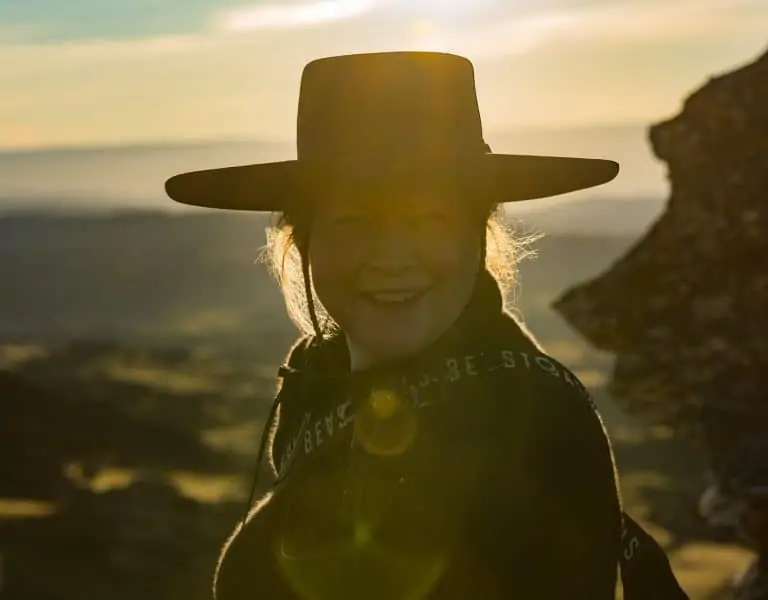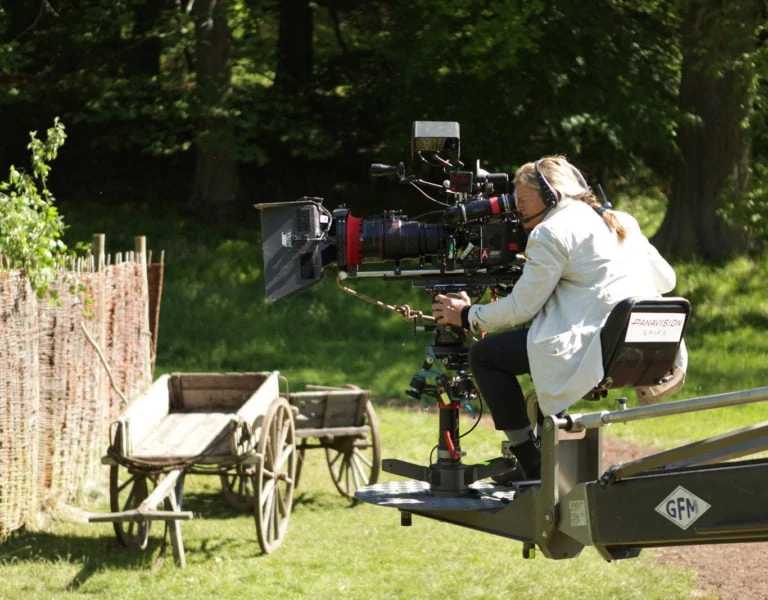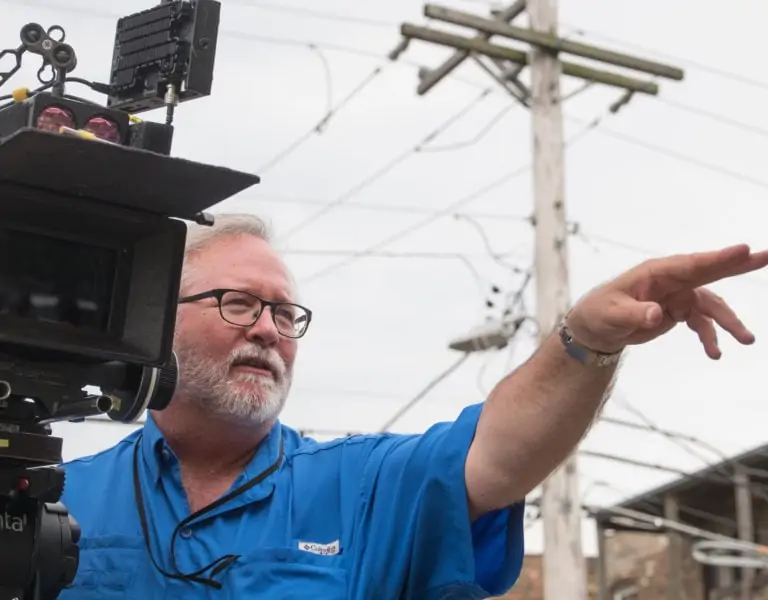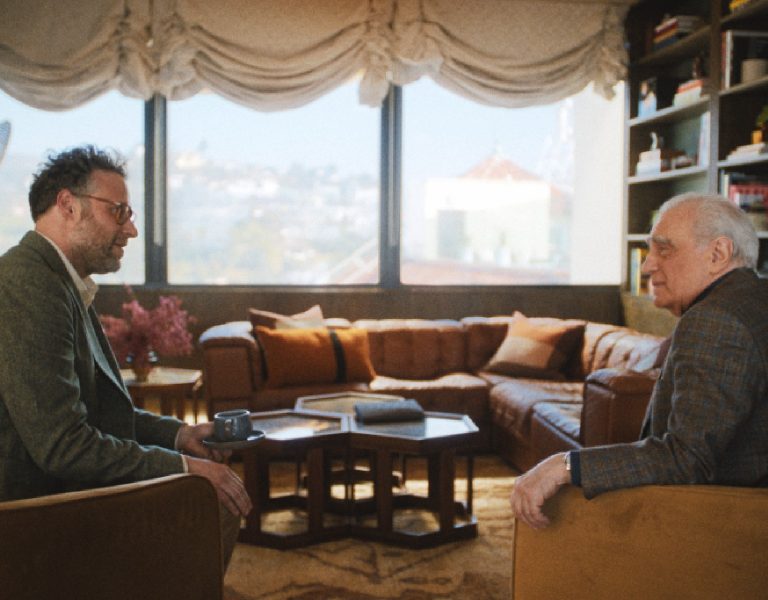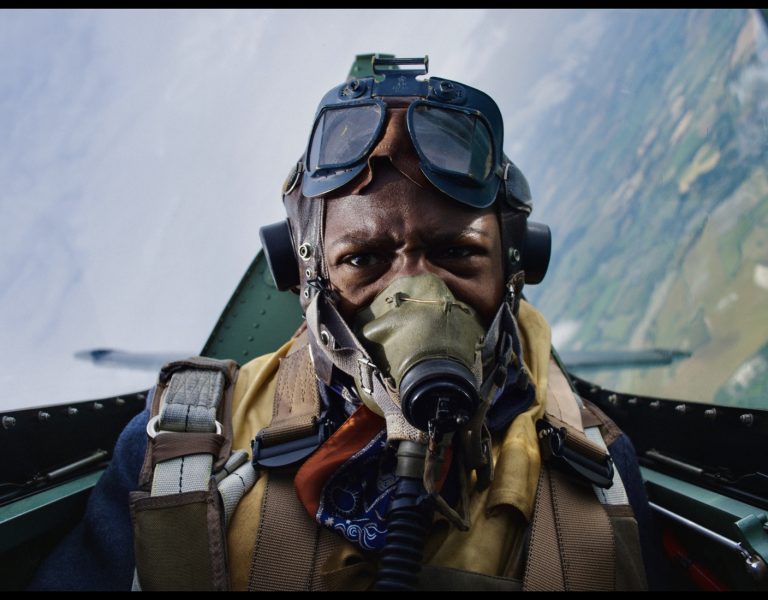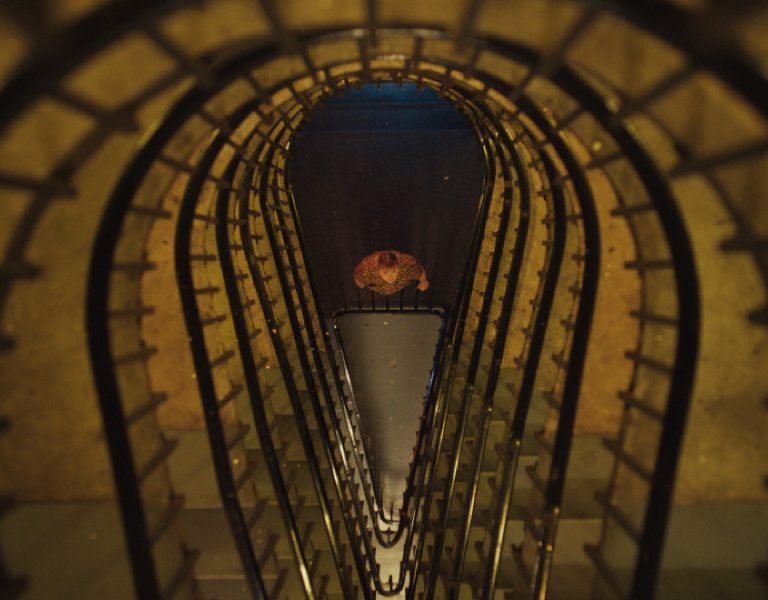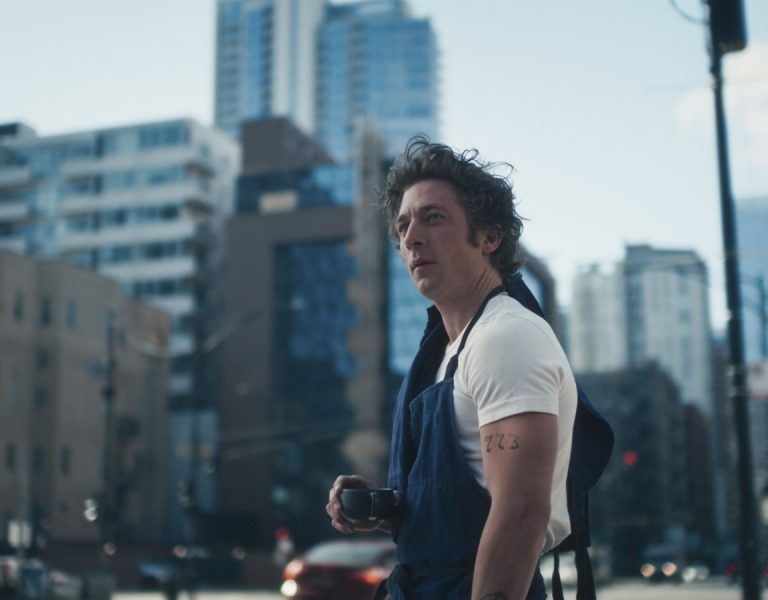Home » Features » Interviews » Visionary »
THE CHOSEN ROAD
From processing black-and-white photographs in high school through to shooting Baz Luhrmann’s upcoming Elvis biopic, Mandy Walker AM ASC ACS has always been telling stories through images. The cinematographer – whose achievements were celebrated in the 2021 Queen’s Birthday Honours list – shares highlights from her stellar career.
Since she was in a stroller, Mandy Walker AM ASC ACS was surrounded by visual art. Her mother, who would often paint and draw in their home in a suburb of Melbourne, Australia, took Walker to art galleries and showed her paintings and photography. Her parents also took her to the cinema perhaps earlier than most children. When she was in high school, Walker began shooting short films as projects on a Super8 and she had a dark room in the backyard where she perfected processing black-and-white still photographs. Whatever she was doing, though, she was always telling a story, her preferred medium through images.
“It was a natural progression for me to want to be a cinematographer,” says Walker. “It’s all the things that I love put together. And I always knew, from at least about age 13, that I wanted to be a cinematographer. That was my goal.”
Login to continue reading
This content is exclusively for digital magazine subscribers.
Start your subscription today, or login below to continue.
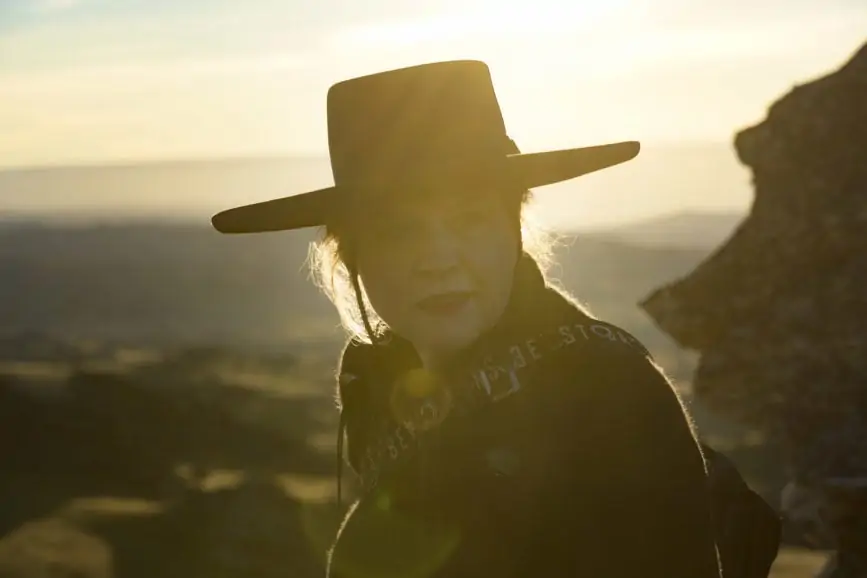
Walker, aged 17, began her university degree in Melbourne, but when she got a job as a runner on a feature film less than a year later, she happily abandoned the academic track. She’d talked with the camera department while on set and they helped her make a few connections for jobs after that one ended. She took an assistant gig for free and learned her way around the cameras. Walker stayed as an assistant for a couple more jobs and was then hired as a loader for some features, a focus puller and then an operator.
“During those five years,” she says, “I was also making my own films with students or friends, or a music video for a friend-of-a-friend, some documentaries. I was always shooting and experimenting, and when I was 25, I shot my first feature film.”
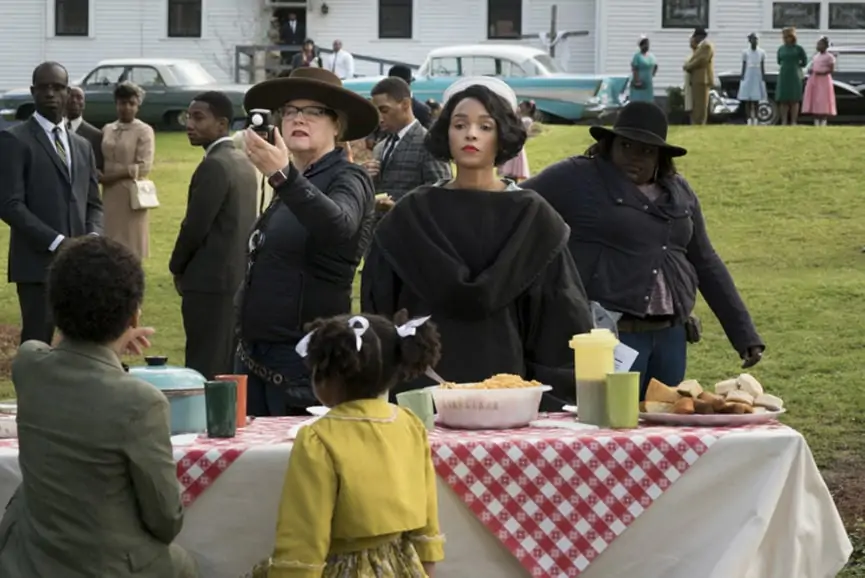
Return Home, starring a young Ben Mendelsohn and written and directed by Ray Argall who won Australia Film Institute’s (AFI) Best Director award for it in 1990, was Walker’s first in a series of repeat collaborations with directors over the years, including Shirley Barrett (Love Serenade, Walk the Talk), Gavin O’Connor (Jane Got a Gun, Only Human) and Baz Luhrmann (various commercials, Australia, and the upcoming Elvis biopic).
“Having a relationship with the director where you’re on the same page and using shorthand because you trust each other already is the best part of my job,” says Walker. “It gets you to that understanding of where we both want to go early on.”
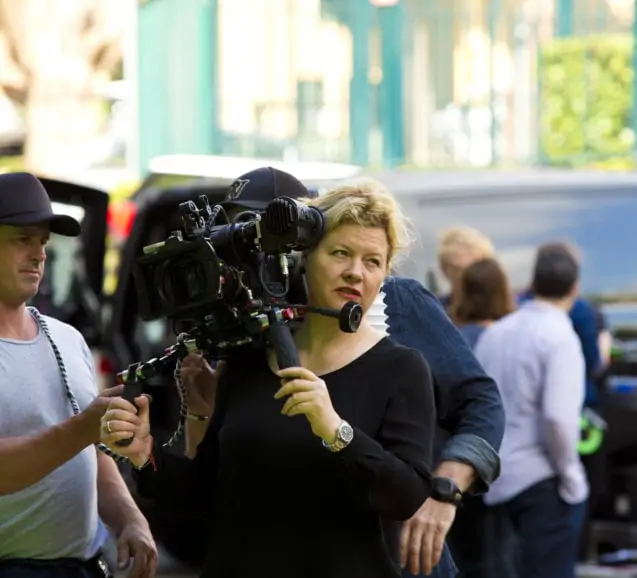
Walker’s first job with Lurhmann was a commercial for Chanel No 5 in 2004, and it was Luhrmann’s first foray into commercials. Though, what resulted can hardly be called a commercial: a 180-second epic love story starring Nicole Kidman and Rodrigo Santoro with that signature Baz style. (Luhrmann and Walker would also go on to make the 2014 Chanel No 5 commercial with Gisele Bundchen.) Walker was brought into the fold and excitement for the craft and a new approach to commercials as small films was invigorated. When Luhrmann asked Walker to shoot Australia (2008), she hadn’t worked on anything that big, which gave her only slight pause.
“This was a $130 million movie,” says Walker. “Baz asked me ‘Do you think you’re up to it?’ And I said yes. I mean, I’d done big commercials, I’d overcome huge technical challenges, so, he trusted me, and I jumped on it. It was my gaffer, Shaun Conway, who’d done a lot of big movies and one day we were standing there looking at this 300-foot set and he said, ‘See, it’s just the same, but bigger.’ And it’s true. I was still lighting a set through windows and keying the actors, just on a larger scale and with more lamps. And once I got that into my head, I wasn’t at all daunted by the situation. In fact, it taught me a lot about managing the crew and collaborating and communicating. On such a big project, you have to be super organized – I had over 100 people on my crew, with two other units running simultaneously. I learned a lot and I loved it all. I thank Baz for bringing me into that.”
Lantana (2001) was another, earlier, significant learning moment for Walker. The film, a drama interweaving four couples’ stories around the death of a local Melbourne woman, was directed by Ray Lawrence, who didn’t want to shoot with any lights which would hinder the actors’ space on set. He wanted to let them feel free in their performances. Walker had been operating and shooting on all her features up to this point, but she decided that because she would be riding the iris the whole time on this one, she’d feel more comfortable not being on the camera.
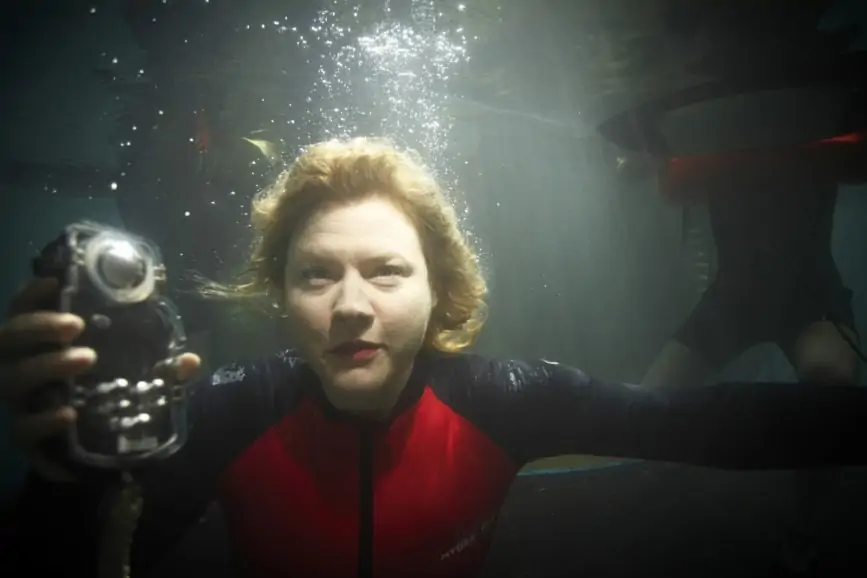
They lit a few night exterior scenes, only because there would not have been enough light to shoot on film stock, but Lawrence always emphasised that he wanted it to look as natural as possible. Because of that, he was cognizant of finding locations that worked for all-natural light, but Walker still considered it a huge challenge.
“You don’t have any control of the sun and clouds if you’re only using available light and not augmenting it,” she says. “And he didn’t want it to look gritty, or like a documentary; he wanted it to be beautiful and cinematic. I shot on film negative and chose every location to express the light and feel of the characters that were inhabiting those spaces. And I’m proud of what I was able to accomplish with those kinds of restrictions.”
Walker won an ACS award in the features category for her work on Lantana and the film won numerous awards around the world, including Best Film from AFI and Best Foreign Independent Film at the British Intendent Film Awards. Not long after, Walker received a call from director Billy Ray to shoot her first American film, Shattered Glass (2003). The Chanel No 5 Film and Australia followed, and then Catherine Hardwicke’s Red Riding Hood (2011) with Amanda Seyfried, John Curran’s Tracks (2013) with Mia Wasikowska, Jane Got a Gun (2015) with Natalie Portman, the Oscar-nominated Hidden Figures (2016) starring Taraji P. Henson, Octavia Spencer, and Janelle Monae, The Mountain Between Us (2017) with Kate Winslet and Idris Elba, and Niki Caro’s live action Mulan for Disney (2020).
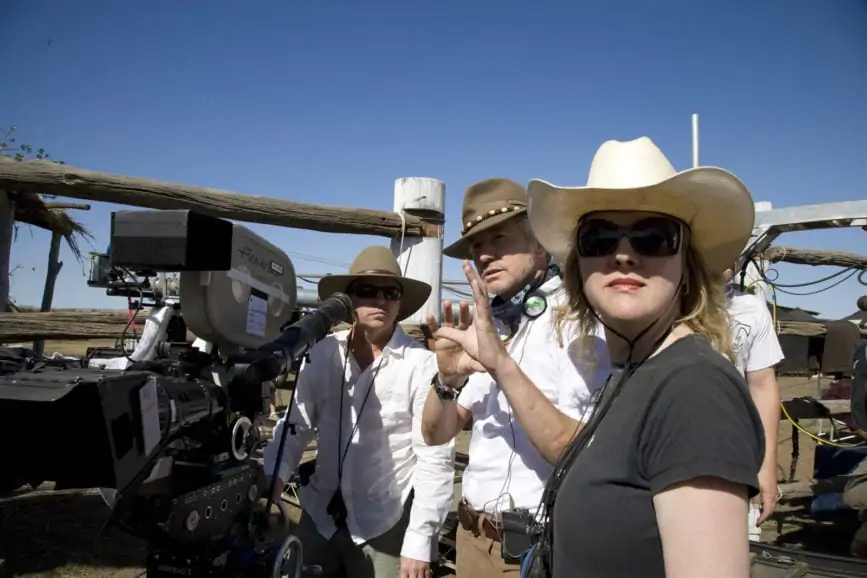
“I’d like to keep challenging myself,” Walker says when I ask her what’s next. “I’d like to shoot different types of genres and in challenging locations. For The Mountain Between Us, we were really 11,000 feet up a mountain in the snow and the wild with the actors. We didn’t do any green screen. I like being challenged like that. And because I’ve only ever done a couple of TV pilots, I would like to do a TV series, maybe a limited series, something in a different genre than I’ve done before.
“I would love to shoot a big action movie, like a Bond or a Bourne. I guess those are on my mind because I’ve never done them before, but still, I do appreciate and enjoy my relationships with the directors I have worked with. Like Baz, who has this very strong visual sense; he always starts with loads of research and a look book he has already made with his wife, production and costume designer Catherine Martin. And I get to bring all my cinematographer’s visual savvy and technical knowledge to complement that. And I’m very excited getting to collaborate with them again on Baz Luhrmann’s Untitled Elvis Presley Movie. Again, it’s another wonderful challenge I get to embark on.”
—
Mandy Walker AM ASC ACS was appointed a Member of the Order of Australia for “significant services to film as a cinematographer, and to the professional societies” as part of the 2021 Queen’s Birthday Honours.







